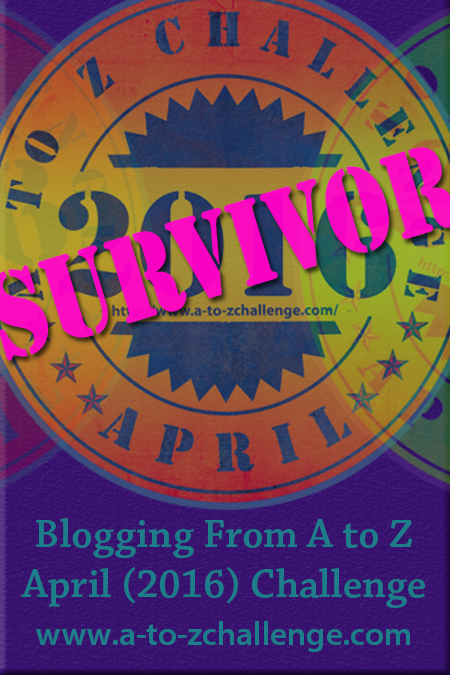Timing is everything in the Pacific Northwest and today was no exception. The forecast for the next couple of days isn’t the best and calls for a strong surface trough to move through the area late this afternoon with increased southwesterly winds followed by a system of high pressure. Small craft advisories are in effect from one o’clock through midnight for the entire area with winds forecasted to build to 25 knots in the afternoon and likely showers. Perfect conditions for sailing north! And for once, we were ready.
About an hour or so outside of Port Ludlow, we picked up a strong current off of Marrowstone Island and started flying, reaching speeds of 12.7 knots over ground (7.2 over water) under jib and motor. Adding to the excitement, a Trident Sub was being escorted back to its home base by the Coast Guard – something that happens occasionally in Admiralty Inlet but we’d yet to experience. It happened rather quickly – with us travelling over 11 knots in one direction and the sub moving more than 20 knots the opposite way – but we were still able to get a few good pictures in the process.
The rest of the afternoon was fairly quiet as we crossed the Strait of Juan de Fuca and started to lose the push from the current. When our speed dropped down to a more reasonable 9 knots, we felt like we were crawling along at a snail’s pace but we still managed to make the 50 nautical mile passage in six and a half hours. Not bad.
Conditions deteriorated during the final leg across the Strait. Within minutes, the temperature dropped at least ten degrees and you could see the trough moving in. As we approached the islands, the wind shifted directions and went from aft of beam to 60° degrees off our bow, and we could feel the full brunt of the 20 knots. Haro Strait, our intended destination, suddenly looked ugly, enveloped by low clouds and rain. So we opted for San Juan Channel, a more inside route, and decided to make way for West Sound on Orcas Island instead.
It was a good decision. Once inside the lee of San Juan Island, the wind dropped to five knots and the sea state went flat. West Sound was a bit livelier, however, and we could feel the brunt of the trough as it moved through the area. But it was fast-moving and things died down by late evening, leaving us with a quiet night.
We’ll stick around Orcas for a couple days to visit some friends who live here before moving over to Friday Harbor to check out of the US. Despite the fact that the San Juan Islands are popular cruising grounds for many boats, we prefer the more remote areas of British Columbia and are anxious to put the miles behind us and make our way north.

Approaching West Sound on Orcas Island










0 comments